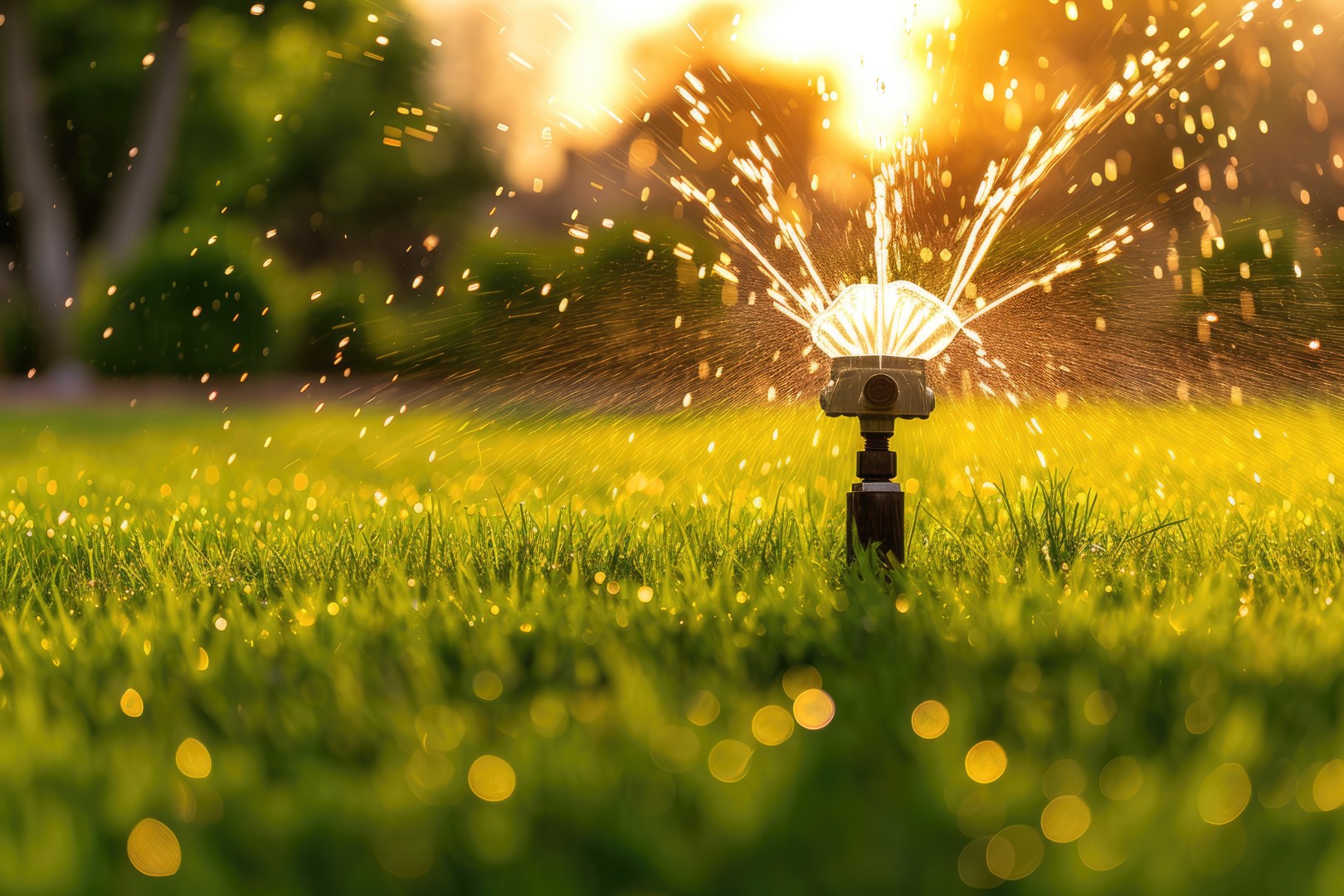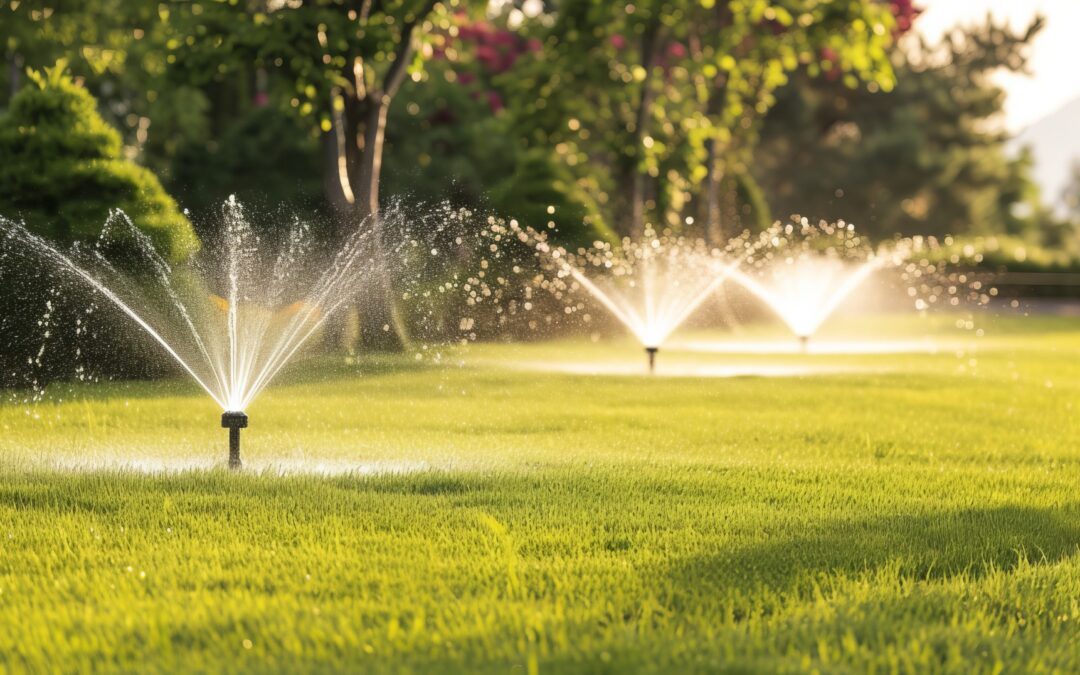Maintaining a healthy and vibrant lawn in Colorado Springs during the summer can be challenging. The region’s high altitude, intense sun, and semi-arid climate mean that water conservation is essential, yet lawns still need adequate hydration to thrive. By understanding the unique conditions of the area and adopting smart watering practices, you can keep your lawn lush and green without wasting precious water. Here are some effective strategies for watering your summer lawn in Colorado Springs.
1. Know Your Lawn’s Water Needs
The key to effective lawn care in Colorado Springs is understanding how much water your lawn actually needs. During the hot summer months, most grasses require about 1 to 1.5 inches of water per week to stay healthy. However, overwatering can lead to wasted water and promote shallow root growth, making your lawn less resilient to heat and drought.
Different types of grass have different water requirements, so it’s important to know what type of grass you have. Kentucky bluegrass, for instance, is a common lawn grass in Colorado, but it is more water-intensive than buffalograss or tall fescue, which are better suited to the dry conditions of Colorado Springs.
2. Water Early in the Morning
Watering early in the morning—ideally between 4 a.m. and 9 a.m.—is the most effective way to water your lawn during the summer. In the early morning, temperatures are cooler, and the wind is typically calmer, allowing water to penetrate the soil without evaporating too quickly.
Watering in the heat of the day leads to rapid evaporation, while watering in the evening can leave your lawn vulnerable to disease due to moisture lingering on the grass blades overnight. By sticking to early morning watering, you’ll ensure your lawn gets the hydration it needs while minimizing water waste.

3. Follow the “Cycle and Soak” Method
In Colorado Springs, where the soil is often clay-heavy or compacted, water can take longer to penetrate the ground. To avoid runoff and ensure your lawn absorbs water deeply, use the cycle and soak method. This involves watering your lawn in shorter, repeated cycles instead of a long, continuous session.
For example, water your lawn for 5-10 minutes, then wait for the water to soak in for 15-30 minutes before watering again. Repeat this process until you’ve delivered the desired amount of water. This technique allows water to reach deeper into the soil, encouraging deeper root growth, which makes your lawn more drought-tolerant.
4. Monitor Your Soil Moisture
Understanding the moisture levels in your soil is crucial to avoiding both overwatering and underwatering. Use a soil moisture meter or a simple screwdriver test to gauge the moisture in the top 6 inches of soil. If the screwdriver easily penetrates the ground, your soil has sufficient moisture. If it meets resistance, it’s time to water.
By paying attention to soil moisture, you can fine-tune your watering schedule to ensure that you’re not watering too much or too little. Keep in mind that soil in Colorado Springs tends to dry out quickly due to the dry air and intense sun, so regular monitoring is essential.
5. Adjust Watering Based on Weather Conditions
Colorado Springs is known for its variable weather, with sunny, hot days followed by unexpected thunderstorms. Your lawn’s water needs will fluctuate based on the temperature, rainfall, and wind. A few hot, dry days may mean you need to water more often, while a few rainy days may allow you to skip watering altogether.
Installing a smart irrigation controller can help you adjust your watering schedule automatically based on weather conditions. These controllers use real-time data to reduce water waste and ensure your lawn receives just the right amount of water.

6. Utilize Efficient Sprinkler Systems
A well-maintained and efficient sprinkler system is crucial for effective lawn watering. Check your sprinkler system regularly to ensure that all sprinklers are functioning correctly, there are no leaks, and that the spray pattern is reaching all areas of your lawn.
Consider upgrading to rotary or multi-stream nozzles, which distribute water more evenly and reduce runoff compared to traditional sprinklers. For ultimate efficiency, installing a drip irrigation system for garden beds or areas with shrubs can save water while providing targeted hydration.
7. Aerate Your Lawn Annually
Aeration involves removing small plugs of soil to improve air and water movement in the ground. In Colorado Springs, where soil can be compacted and clay-heavy, aeration is essential for allowing water to penetrate deeply into the soil.
Aerating your lawn once a year, usually in the spring or fall, helps reduce runoff and allows water to reach the root zone, making your watering efforts more effective and reducing the need for excess watering during the summer.

8. Mow Your Lawn at the Right Height
Mowing your lawn at the correct height can also impact how well your lawn retains water. During the summer, set your mower blades higher to leave grass about 3 inches tall. Taller grass provides better shade for the soil, reducing evaporation and keeping the roots cooler.
Avoid cutting more than one-third of the grass blade at a time to prevent stressing the lawn and making it more susceptible to drought. Keeping your lawn at the proper height also helps to reduce the frequency of watering.
9. Mulch Grass Clippings
Instead of bagging and removing grass clippings after mowing, let them stay on the lawn. These clippings act as a natural mulch, helping to retain moisture in the soil and providing nutrients as they break down.
Mulching your grass clippings also reduces the need for additional fertilizers and helps keep your lawn healthier during the hot summer months.
Final Thoughts
Maintaining a beautiful summer lawn in Colorado Springs doesn’t have to mean wasting water. By following these effective watering strategies—understanding your lawn’s needs, watering at the right time, and using efficient irrigation systems—you can keep your lawn lush and healthy while conserving water. With a little planning and attention, your summer lawn will thrive even in Colorado’s semi-arid climate.
Happy watering!






